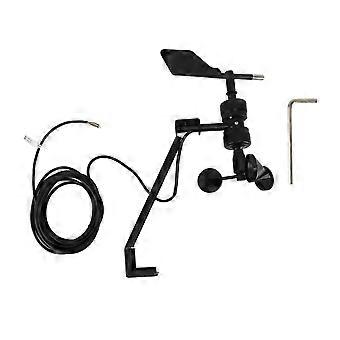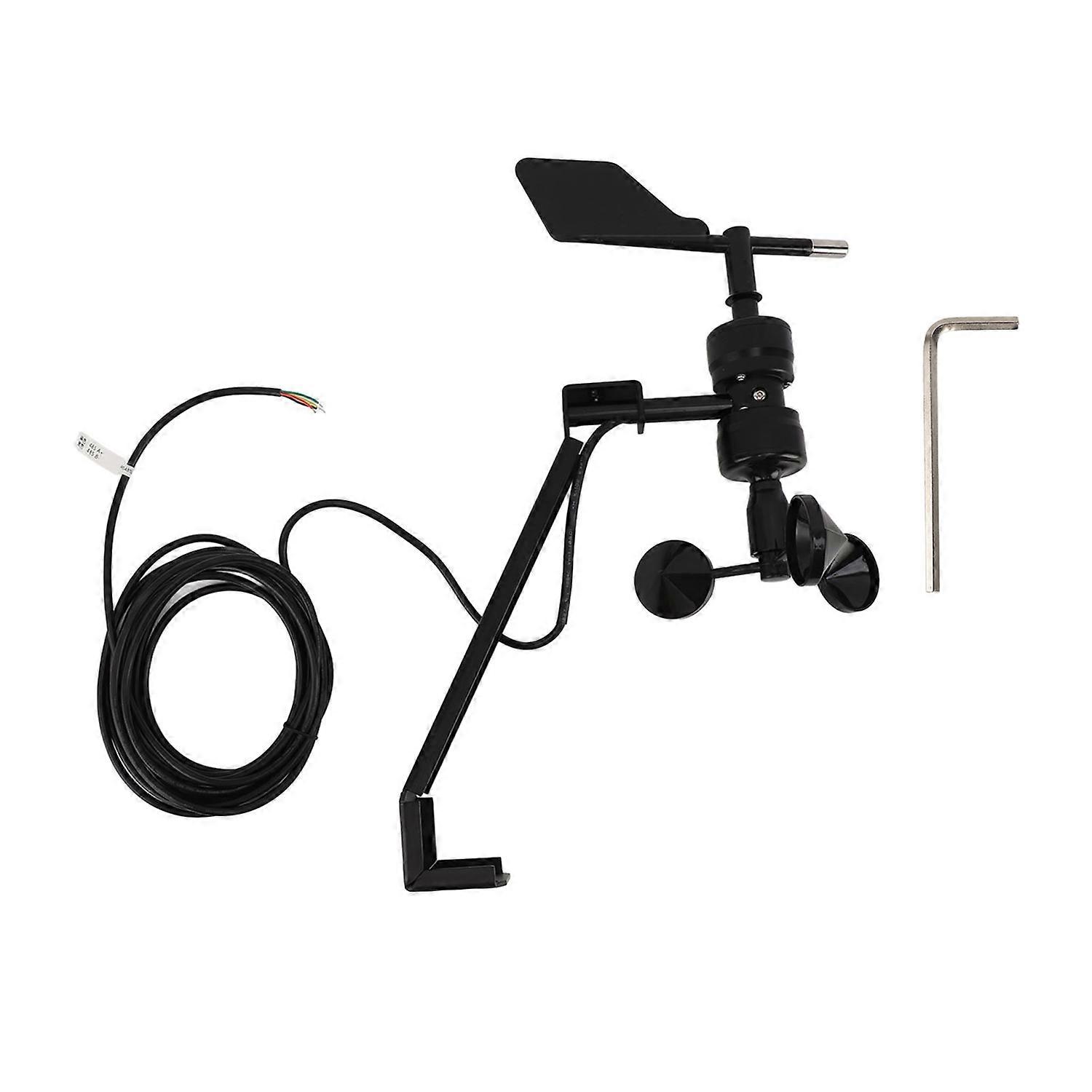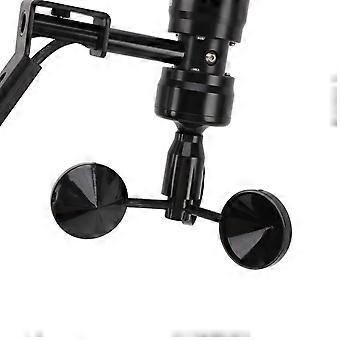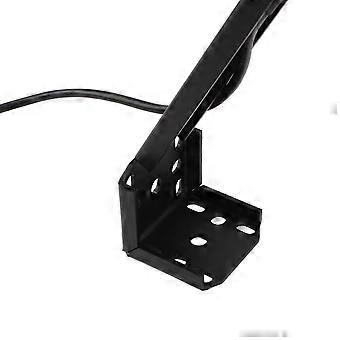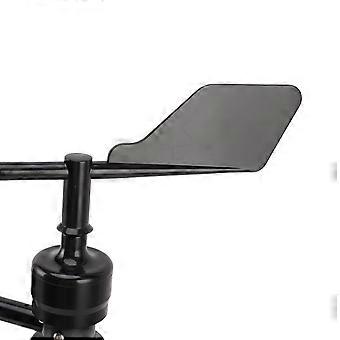الوصف
Feature:
1. 3 Wind Cup Structure: The wind speed part adopts the traditional three wind cup structure, and the wind cup is made of imported ABS material, which has high strength and good startup.
2. High Accuracy: Accurate signal processing unit can output all kinds of signals according to user's demand, with large range, good linearity, convenient observation, stable and reliable.
3. Professional: Its internal use of accurate angle sensors, and the use of low inertia wind vane response to the wind direction, when the wind direction changes, the tail rotates the shaft rod to drive the sensor magnet, the angle sensor senses a change in the orientation of the magnetic poles, which produces a change in the output of electrical signals, good linearity, high accuracy, no dead angle, easy to observe, stable and reliable.
4. Robust Construction: Designed to withstand harsh weather conditions and operate in temperatures ranging from ‑35℃ to 60℃. 5M power cord length, easy to use.
5. Versatile Wiring Options: 4 installation methods, easy to install, easy to use. Compatible with different wiring methods to cater to diverse installation requirements.
Specification:
Item Type: Wind Sensor
Weight: 1598g / 56.4oz
Material: ABS, Galvanized, Aluminum
Widely Used in: Meteorology, Marine, Environment, Airport, Harbor, Laboratory, Industry, Agriculture and Transportation, etc.
Signal Output: RS485
Cable Length: Approx. 5M / 16.4ft
Measuring Range Wind Speed: 0-70m/s
Power Supply: DC 9-30V
Output Signal Serial port: RS485 (default protocol)
Accuracy: Wind speed: ± (0.3 + 0.03V) m / s (V represents the real-time wind speed value)Wind Direction: ± 3 Degree
Resolution: Wind speed: 0.1m/s, Wind direction: 1 Degree
Start Up Wind Speed: ≤0.5m/s
Maximum Power Consumption: 0.9W
Load Capacity:
DC12V power supply, current type output impedance ≤350Ω
DC24V power supply, current type output impedance ≤900Ω
Voltage Type Output Impedance ≥1KΩ
Working Environment:
Temperature -35℃-60
Humidity ≤ 100% RH without condensation
Protection Grade: IP64
Cable Rating: Rated voltage 300V 80℃
Calculation formula
Wind Speed Pulse type:
F=0.5 + 0.101xM
Wind speed and direction current type
4-20mA: F=(I-4)/16xA+B
0-20mA: F=I/20xA+B
Voltage type for wind speed and direction
0-2.5V: F=V/2.5xA+B
0-5V: F=V/5xA+B
1-5V: F=(V-1)/4xA+B
F: Indicates the wind speed or direction sensor value, m/s or degree;
M: Number of pulses in 1 second;
I: Sensor output current value, mA;
V: sensor output voltage value, V;
A: Sensor range width (upper range limit minus lower limit);
B: sensor range minimum (lower range limit);
For example: wind speed sensor range of 0-70m/s, then: A = 70, B = 0
Wind direction range of 0-359 degree, then A = 359, B = 0
Wiring method
1. If the sensor is equipped with our instrument, use the sensor cable to connect the sensor with the corresponding interface on the instrument directly.
2. If the sensor is purchased separately, the wiring sequence is as follows:
Red: Power Positive
Black: A+
Yellow: B-
Green: Power negative
About the sensor communication protocol
First, if you are using a single sensor connected to the computer to read data directly, it is recommended to use the company's private protocol, you can visualize the data in ASCII code (hex send, non hex receive);
Second, if you are a multi sensor interconnection with PLC, configuration or programmable collector, it is recommended to use the standard RTU protocol, hex send and receive).
Third, if there is no special requirement, the default device address in the sensor parameters is 1, baud rate = 9600, protocol RTU.
Standard RTU communication protocol
Serial port format
Data bit 8 bits, stop bit 1 bit, parity bit None, default baud rate 9600bps, serial debugging software set to hex send and receive, two communication intervals of at least 500ms or more, CRC in the manual for the parity bit, 2 bytes. The device address is 1 by default.
ASCII private communication protocol
Serial port format
Data bit 8 bits, stop bit 1 bit, parity bit None
Baud rate 9600bps, at least 1000ms between communications
CRC check procedure
1. Preset the 16 bit register as hexadecimal FFFF, call this register as CRC register;
2. Isolate the first 8-bit data with the lower bit of the CRC register and put the result in the CRC register;
3. check the lowest bit by shifting the contents of the register one bit to the right (towards the lower bit) and filling the highest bit with a 0;
4. if the lowest bit is 0: repeat step 3 (shift again) if the lowest bit is 1: the
-
هوية Fruugo:
436207924-914469055
-
EAN:
7409249553811
